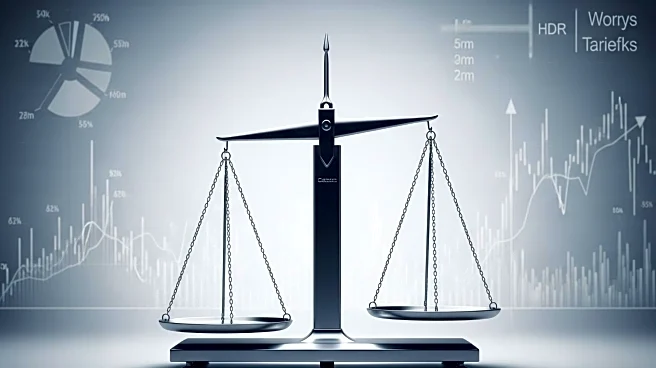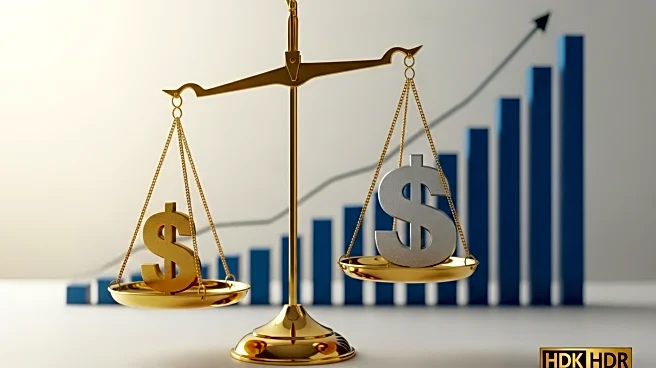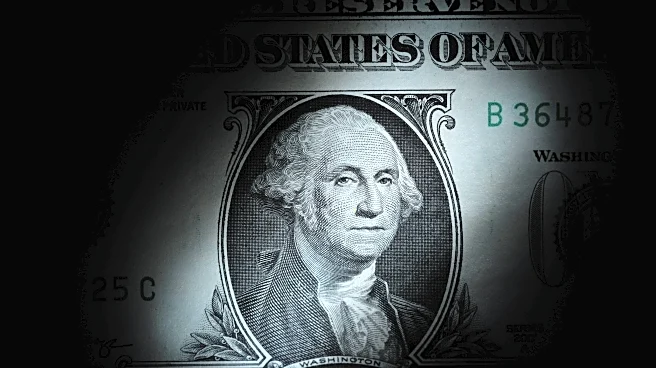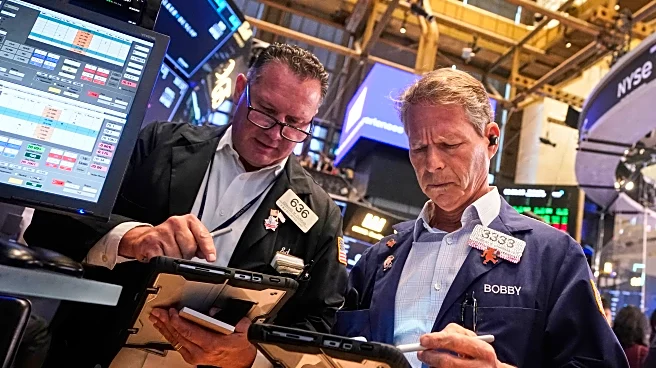What is the story about?
What's Happening?
The U.S. Federal Reserve's preferred inflation measure, the Personal Consumption Expenditures (PCE) Price Index, rose to 2.7% in August, up from 2.6% in July. This increase is attributed to tariffs filtering through the economy, with further cost pressures anticipated. Despite rising inflation, personal spending also increased by 0.6% in August, indicating resilience in consumer behavior. President Trump announced new tariffs on various imports, including heavy trucks and pharmaceuticals, which could further impact inflation and economic dynamics.
Why It's Important?
The rise in the PCE Price Index highlights ongoing inflationary pressures, complicating the Federal Reserve's efforts to balance inflation control with economic growth. The new tariffs announced by President Trump could exacerbate these pressures, affecting consumer prices and business costs. The resilience in consumer spending is crucial for economic stability, but the potential impact of tariffs on prices and consumer behavior remains a concern. The Federal Reserve's interest rate decisions will be influenced by these inflationary trends and economic indicators.
What's Next?
The Federal Reserve will continue to monitor inflation and economic indicators to determine future interest rate adjustments. The impact of new tariffs on consumer prices and business costs will be closely watched, as they could influence inflationary trends and economic stability. Policymakers and industry leaders will need to assess potential interventions to mitigate the impact of tariffs and support economic growth. The balance between inflation control and economic support will be crucial in shaping future monetary policy.
AI Generated Content
Do you find this article useful?














